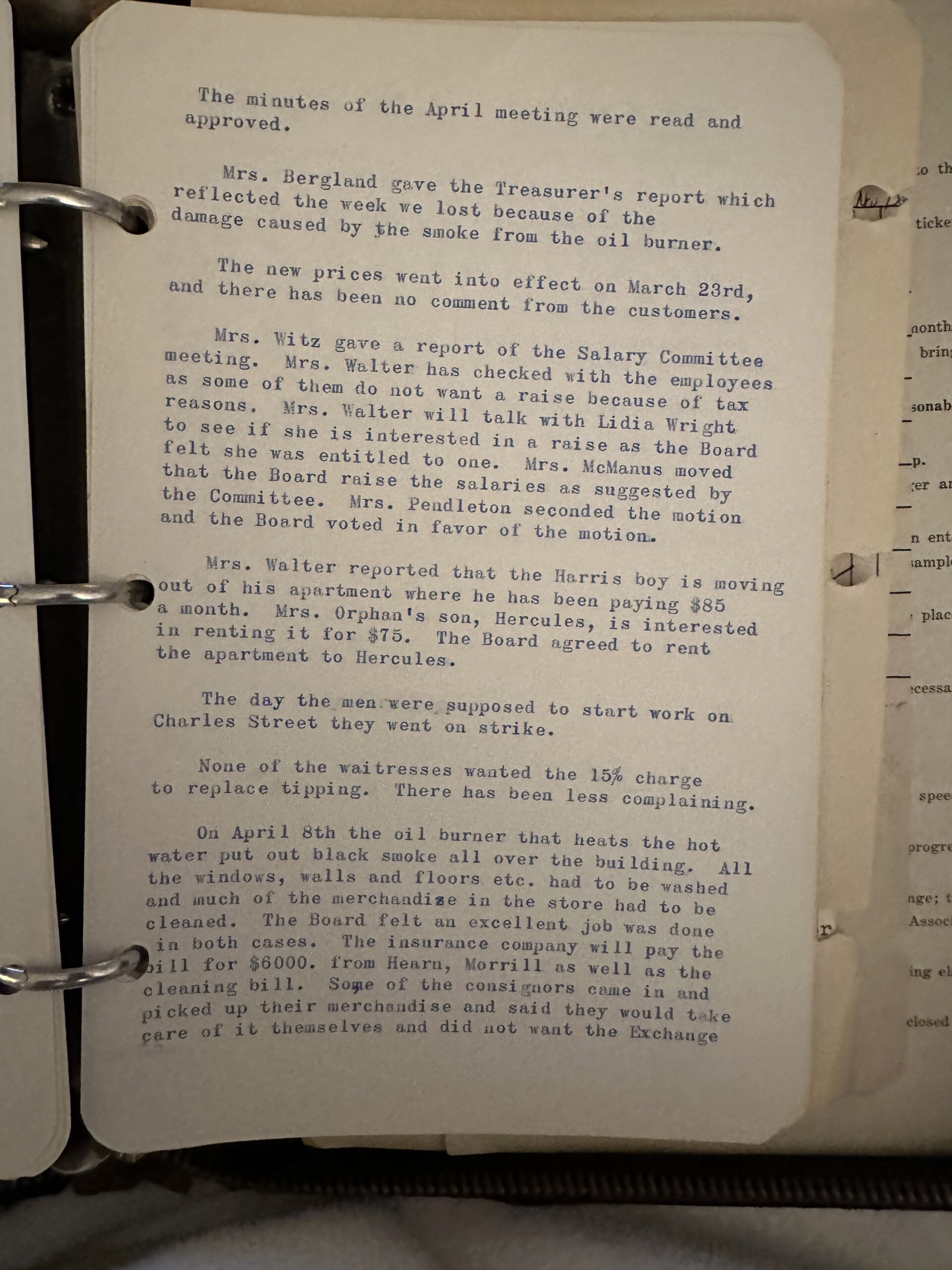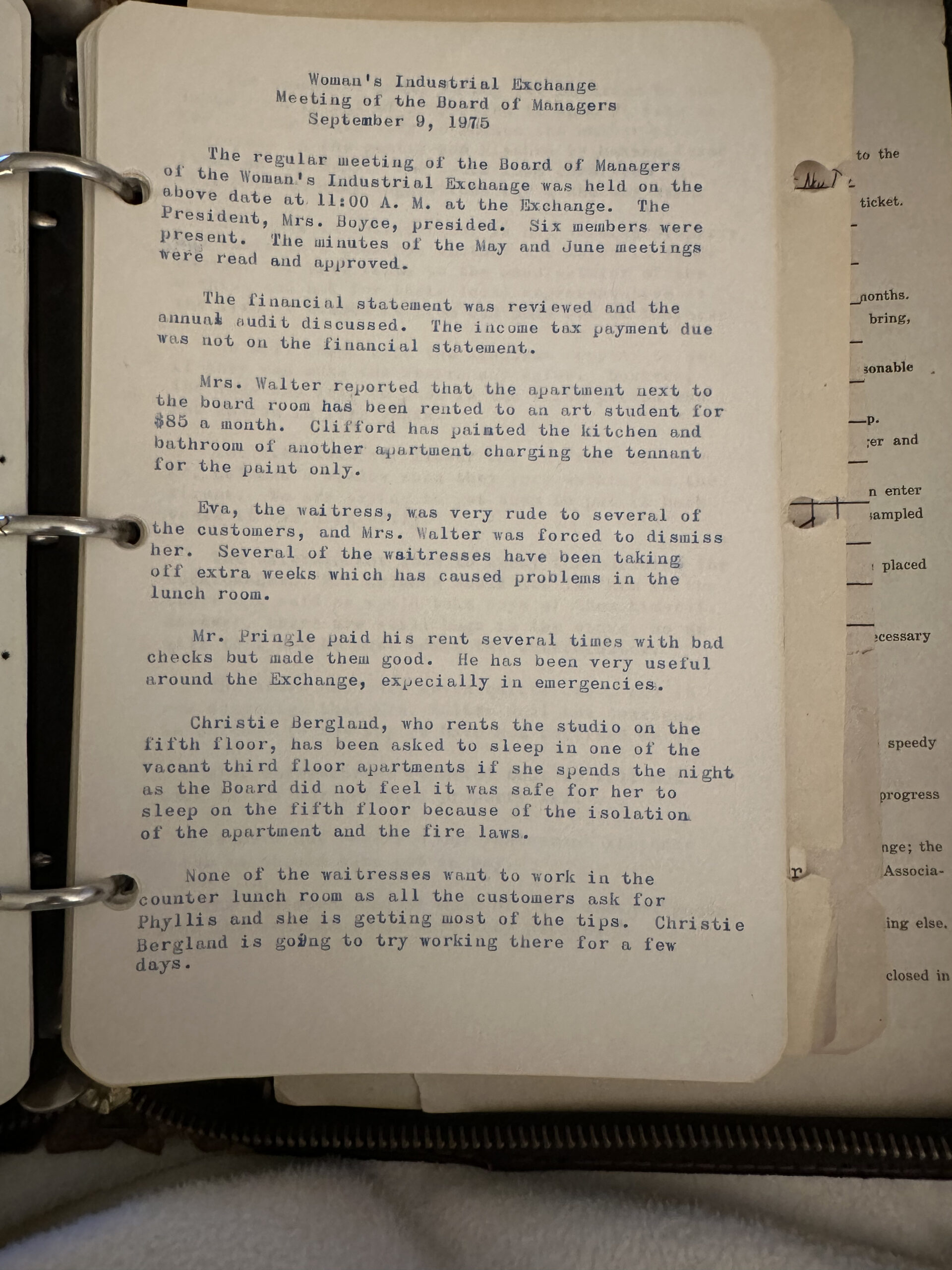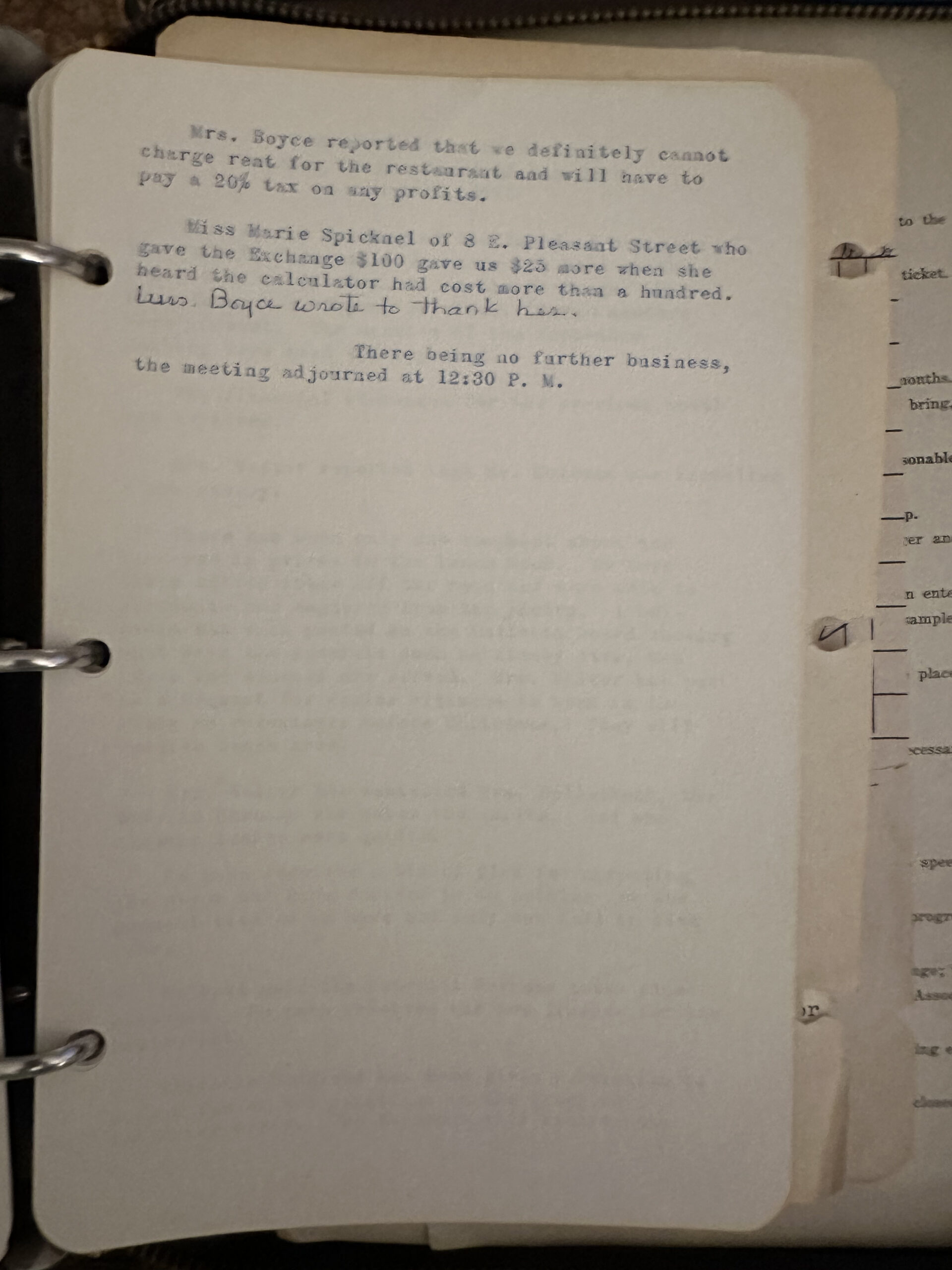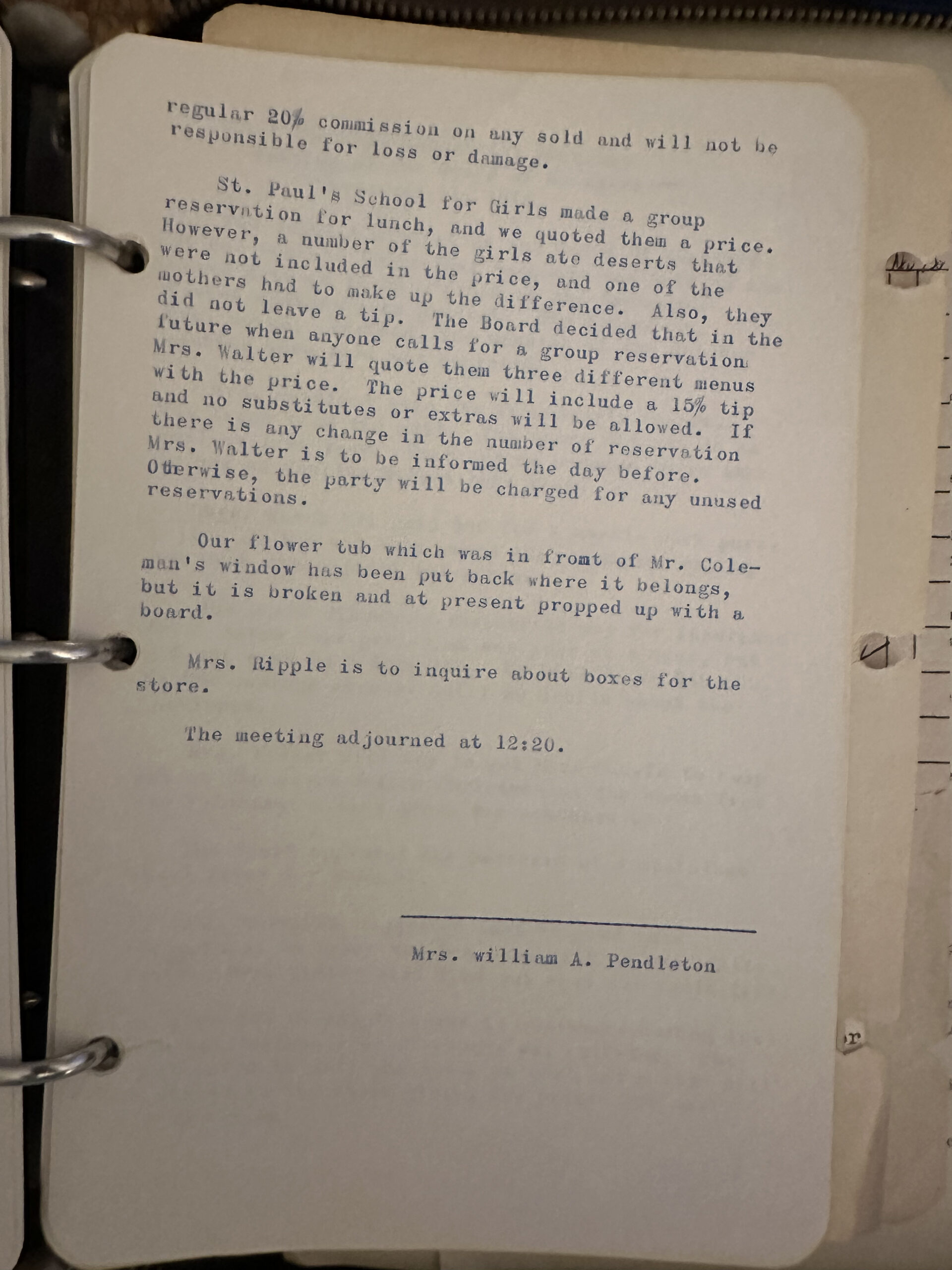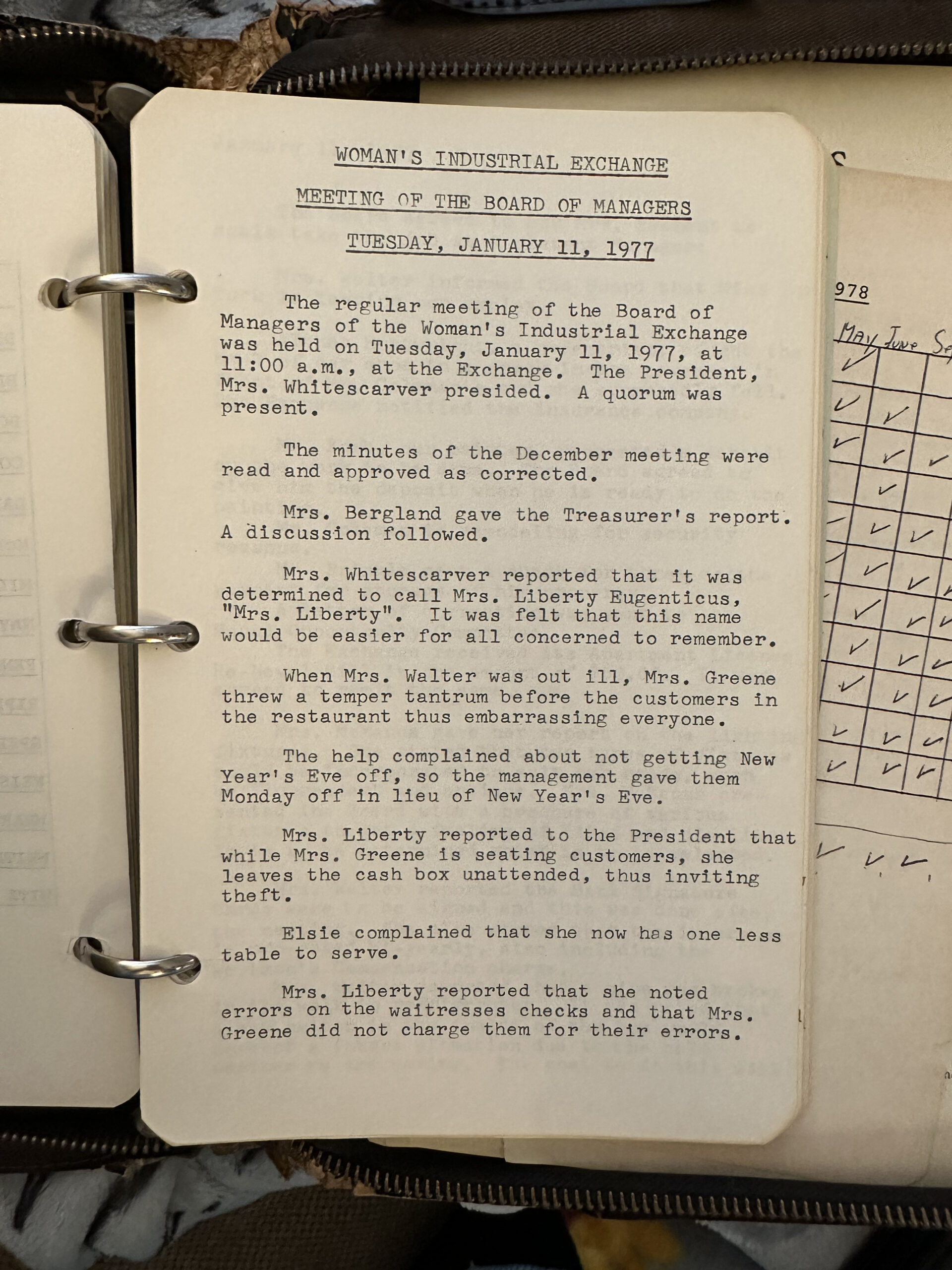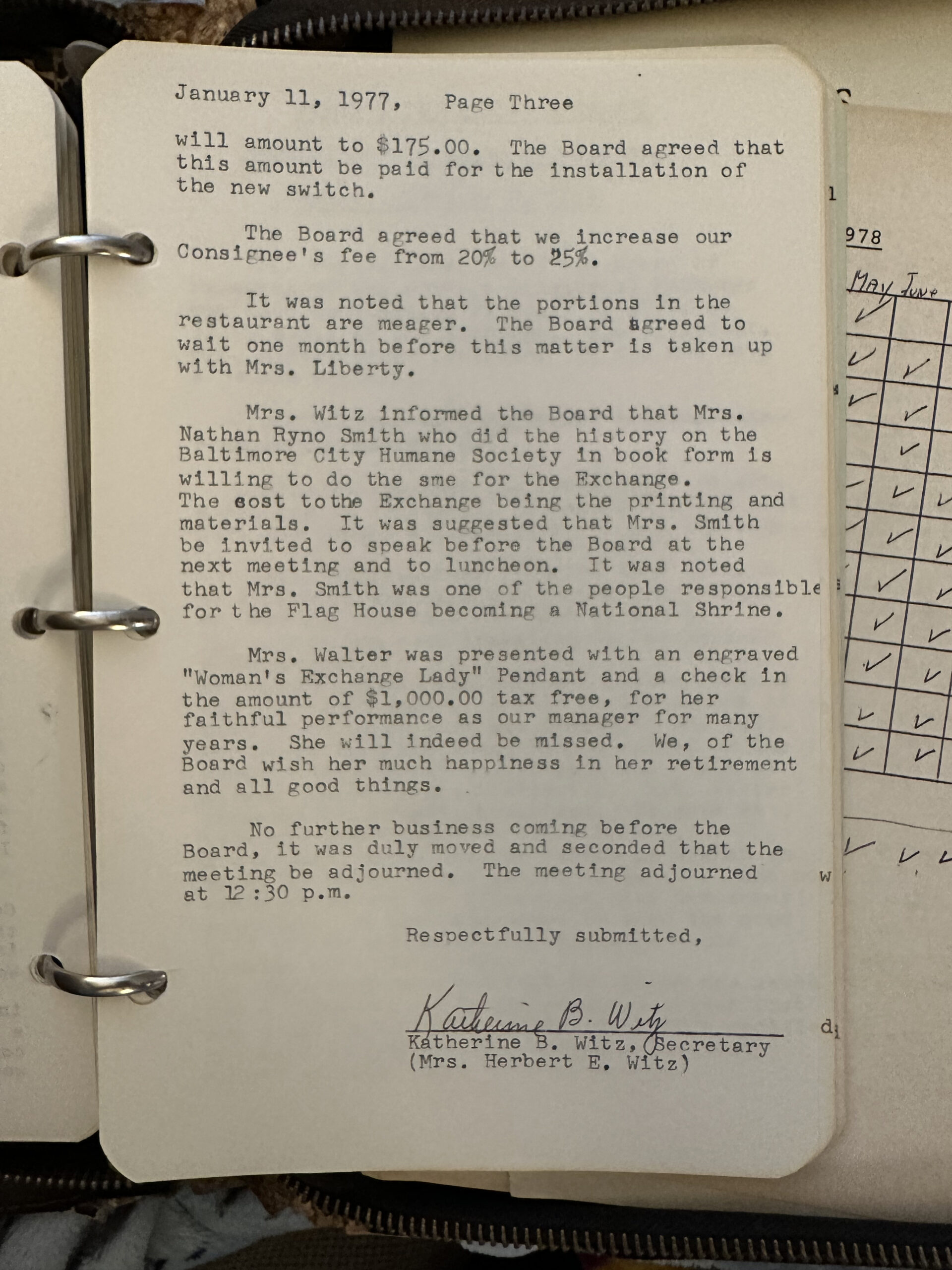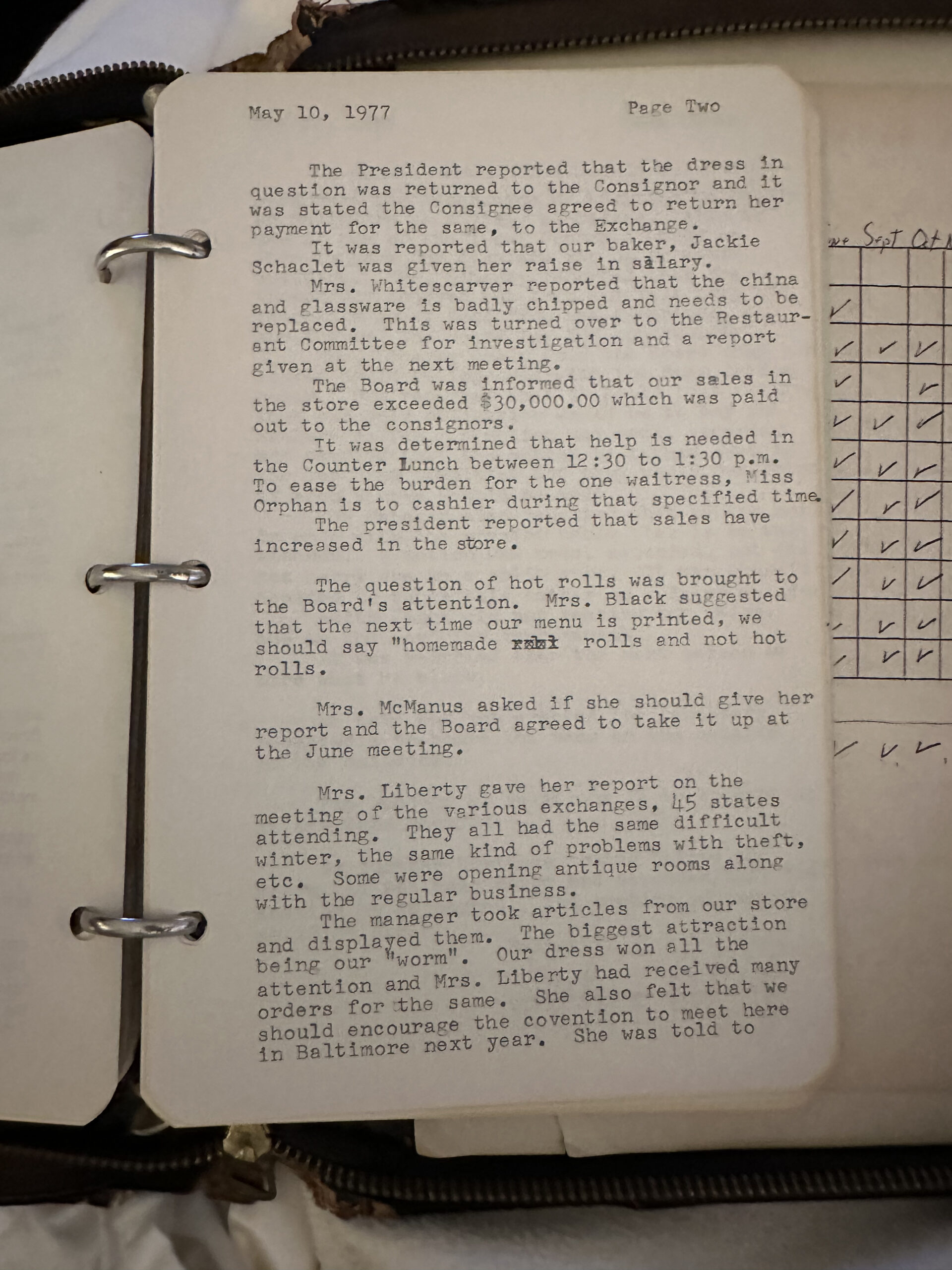1970 – 1980
1971
On March 12, 1971, Katherine Hepburn walked into the Exchange and looked at each display case. She drew in quite a crowd even though she did not sit down for lunch. She bought a green and blue fringed afghan, a tiny baby’s sweater, a swan mobile of white feathers, and a mouse pin-cushion. The manager, Mrs. Gail Walter, noted that she was “a very gracious lady. She said our merchandise was perfectly charming.”
By 1971, the consignment shop ran at a loss even in its busiest month of December and the organization was reliant on its profits from the lunchroom. Most of the consignors were elderly persons on social security who used 85 percent of the sale price that they received for extra needed money. The consignor who made the famous Exchange Raggedy Annes was around 80 years old but continued to enjoy making products to sell. Many consignors accept special orders such as sewing a dress, repairing a comforter, or restoring a lampshade. Consignors even made special quilts that strayed from the traditional patterns for hippie-type clients. The food offered in the lunchroom is simple but homemade Maryland dishes which the customers so desperately love. Customers were constantly quoted saying how they wanted nothing about the Exchange to change, especially the menu.
Source:
“We’re Very Old Fashioned.” The Baltimore Sun, 5 Sept. 1971.
1972
John Dorsey, a food critic for the Baltimore Sun, dined at the exchange in December of 1972. He complimented the food and mentioned the homey atmosphere of the lunchroom. He ordered a crab cake platter and corn cakes. The lady he dined with had the Smithfield ham and chicken salad platter. They shared a lemon tart and yellow cake with chocolate frosting for dessert. The total price before tip was $7.50 and he mentioned that a chicken sandwich was $1. He also notes that the Exchange offered a carry-out service that includes every item on the menu and cookies, cakes, and other goodies are for sale in the consignment shop.
Source:
“Food Virtually All Homemade, Almost All Good.” The Baltimore Sun, 17 Dec. 1972.
1975
May Board Minutes – Click on images to view larger
September Board Minutes – Click on images to view larger
October Board Minutes – Click on images to view larger
1976
May Board Minutes – Click on images to view larger
September Board Minutes – Click on images to view larger
1977
January Board Minutes – Click on images to view larger
May 10, 1977
Katharine Hepburn visited the Exchange.

Source: WIE archives
June 13, 1977
Katharine Hepburn sent a Thank You Note to the WIE.
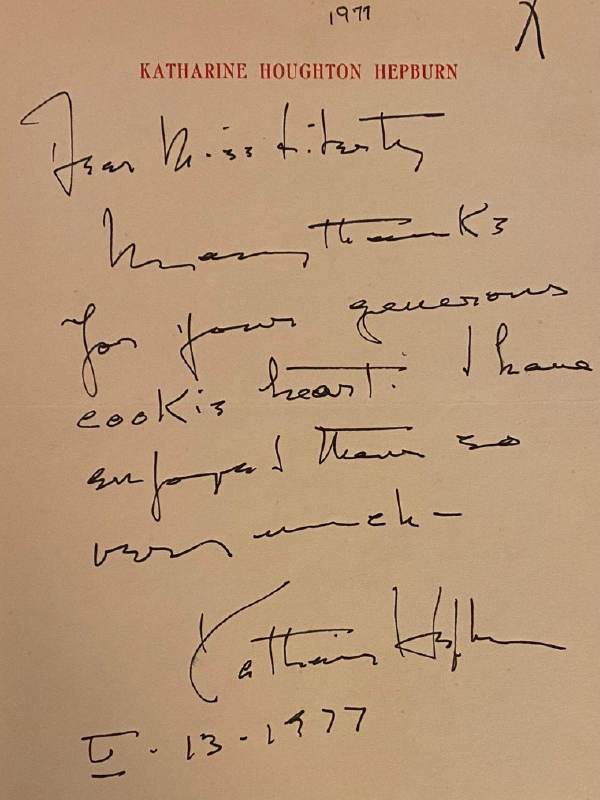
Source: WIE archives
May Board Minutes – Click on images to view larger
1978
BALTIMORE, MD – October 25, 1999 – Staff/Amy Davis — Photo essay on The Woman’s Industrial Exchange, subject of a new documentary film, “Not a Lady Among Us,” by Lillian Bowers and TruckStop Motion Picture Co. : Jack Clunk, a gentlemanly presence at the entrance to the consignment shop, where he opens the door for patrons and fills in where needed elsewhere in the store.[/caption]In 1978, the Exchange started to open the lunchroom from 7 a.m. to 10:30 a.m. to serve breakfast. One of the breakfast items was called the Early Bird and customers could order it for only 85 cents (which is $4.10 today). It included one egg scrambled, one slice of bacon, a homemade corn muffin, tea, and orange juice. The customers could also substitute the corn muffin for a homemade raisin muffin, danish, roll, or doughnut. Another popular breakfast dish was the Petite Hotcakes with Sausage for $1.15 (which is $5.54 today). One food critic for the Baltimore Sun, Elizabeth Large, described the pancakes of this dish as not “petite, but they were delicious and impressively thin, tender and lacy around the edges.” Large described the atmosphere in the lunchroom as friendly and chatty and described the waitresses as being a significant part of the Exchange’s charm. Large came back to the Exchange for lunch the next day and noted that “the Exchange at lunchtime is much the same as it ever was except that it’s gotten more crowded. You’ll probably have to wait in line if you get there around noon. It’s also a little more expensive–but still reasonable. We spent about $10 for lunch” (which is $48.19 today). Her favorite meal at the Exchange, similarly to many other customers, was the chicken salad platter with tomato aspic and iced tea.
Source:
“Love that Chicken Salad at City’s Premier Tearoom.” The Baltimore Sun, 8 Dec. 1978.
In October of 1978, the Exchange was nominated for historic recognition as it had endured as a Baltimore institution for more than 100 years. The nomination was for inclusion in the National Register of Historic Places which would help it survive in the future as inclusion in the register offers certain tax advantages as well as federal funds for maintenance and restoration. It was nominated for the register because of the architectural importance of the building, as the building dates back to 1815, and the social significance of the institution. Mrs. Liberty Engenikos was an Exchange manager and Mrs. John Ripple was the President at the time of the nomination. The Exchange was still carrying on in its usual way with more than 200 present consignors, seven of which being men, producing handcrafted goods and the lunch room supporting the consignment shop. The customers were still greeted by the doorman, the dishes were still served on the same hundred-year-old plates, and the mayonnaise was still homemade.
Source:
“Woman’s Exchange Thrives 100 Years Later.” The Evening Sun, 24 Oct. 1978.
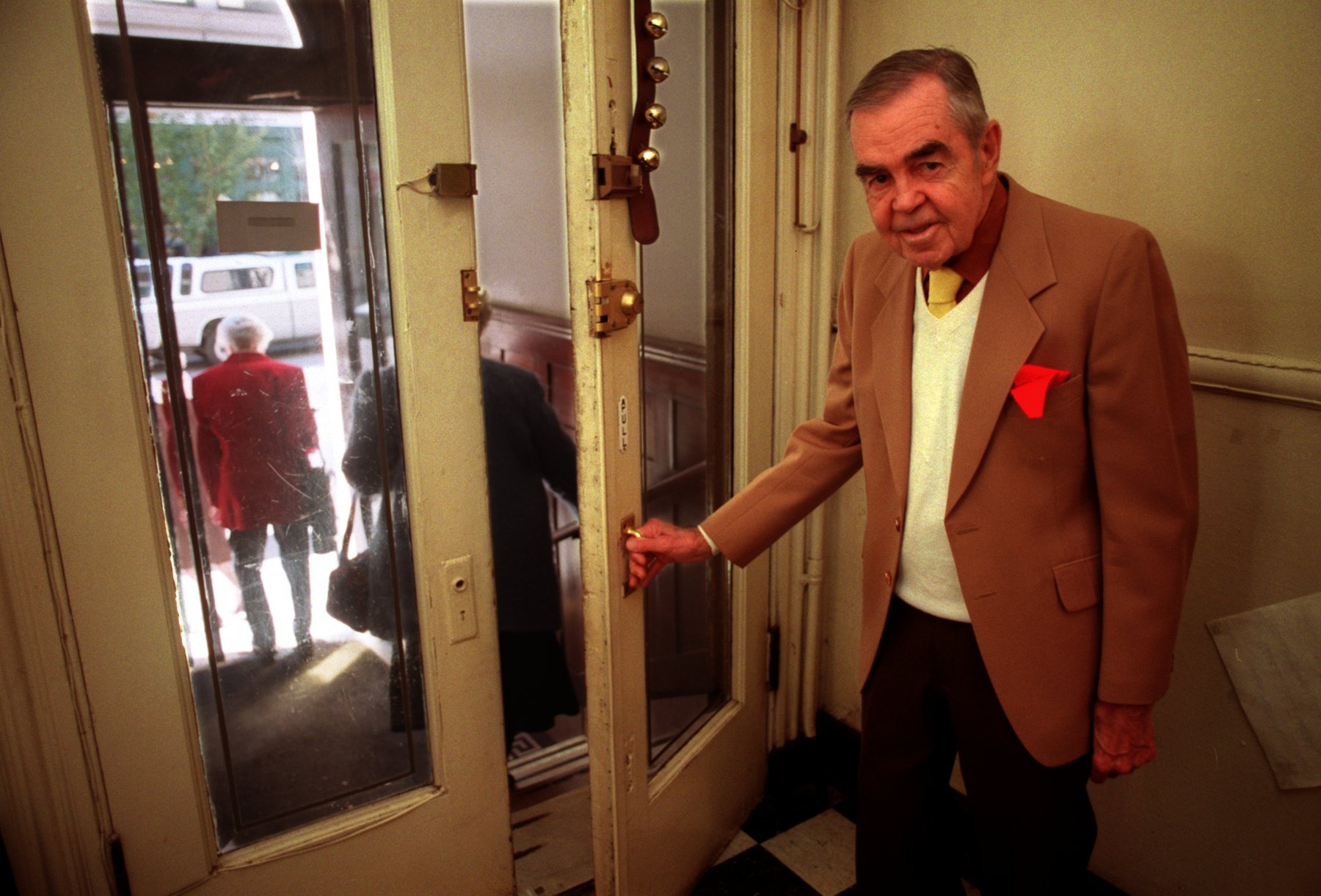
Doorman D. Davis. The Baltimore Sun.


